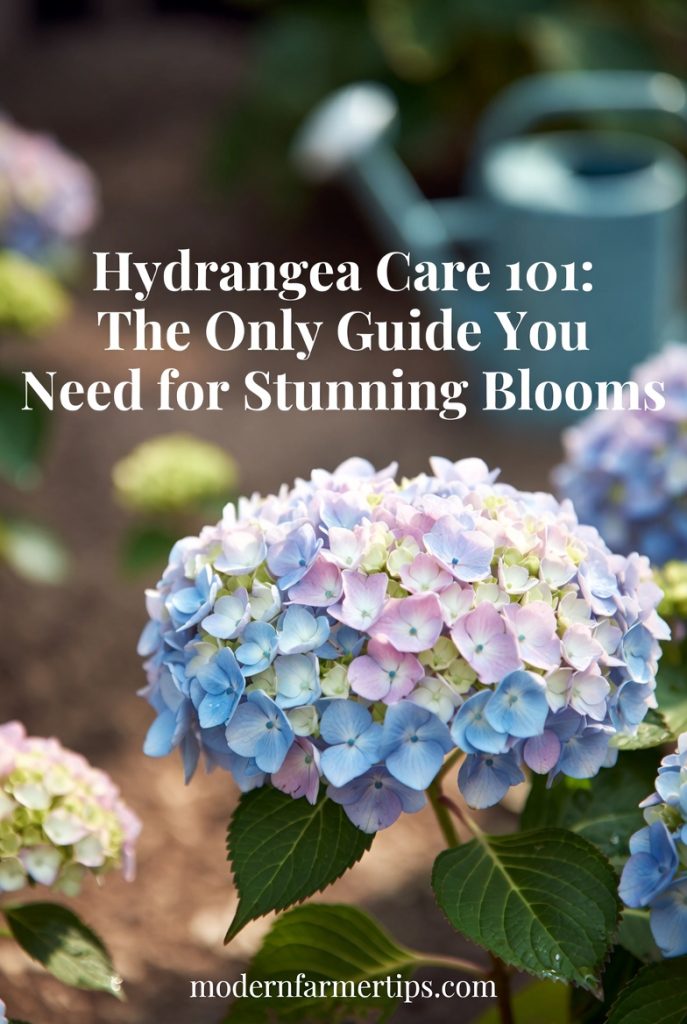Hydrangeas are the chameleons of the garden, beloved for their magnificent, cloud-like blooms that can transform a landscape with vibrant color. From deep blues and purples to brilliant pinks, reds, and classic whites, these shrubs offer a spectacular show from summer through fall. While they may seem intimidating to new gardeners, a little knowledge goes a long way. Our comprehensive Hydrangea Care Guide will walk you through everything you need to know, from initial planting to advanced propagation.
This guide provides simple, actionable advice on growing, pruning, and propagating these stunning plants. We’ll cover the essentials of soil, sunlight, and water, demystify the art of pruning for maximum blooms, and show you how to multiply your collection for free. Whether you have a single potted plant or a yard full of them, these tips will help your hydrangeas thrive.
Getting Started: Growing Healthy Hydrangeas
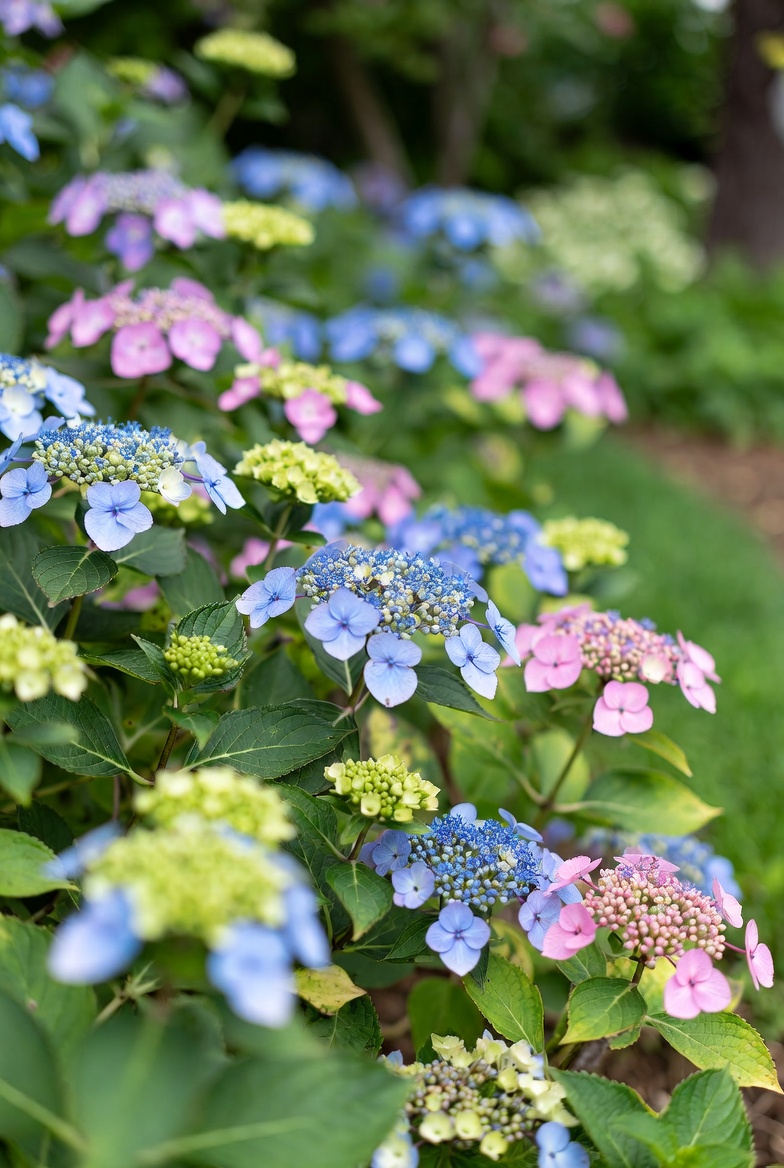
The foundation of spectacular blooms is a healthy, well-established plant. Proper planting and consistent care during the growing season are crucial for success.
Choosing the Right Location
Where you plant your hydrangea has a significant impact on its health. Most varieties prefer a spot that receives morning sun and afternoon shade. This is especially important in hotter climates, as the intense afternoon sun can scorch the leaves and stress the plant. A location on the east or north side of your home is often ideal.
Ensure the site has good air circulation to help prevent fungal diseases like powdery mildew. Avoid planting too close to large trees, as they will compete for water and nutrients.
Soil Preparation and Planting
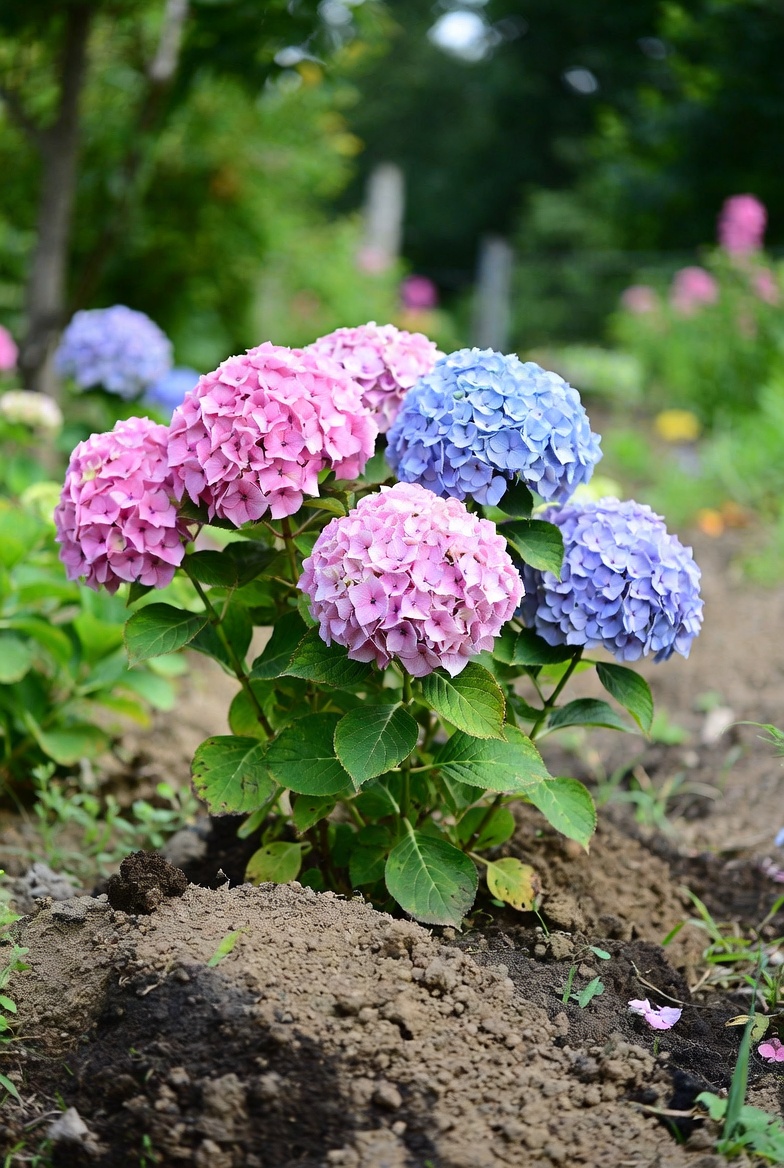
Hydrangeas thrive in well-drained, rich soil. Poorly drained soil can lead to root rot, one of the most common issues for these shrubs. Before planting, amend your native soil with organic matter like compost or aged manure. This improves both drainage and nutrient content.
The famous color-changing ability of many hydrangea varieties (like Hydrangea macrophylla) is tied directly to soil pH.
- For blue flowers: You need acidic soil (pH 6.0 or lower). To lower your soil’s pH, you can amend it with soil acidifiers containing aluminum sulfate or elemental sulfur.
- For pink or red flowers: You need alkaline soil (pH 7.0 or higher). To raise your soil’s pH, you can add garden lime.
White hydrangeas, such as the ‘Annabelle’ or ‘Limelight’ varieties, are not affected by soil pH and will remain white regardless of the soil’s acidity.
When you’re ready to plant, dig a hole that is twice as wide as the root ball and just as deep. Gently loosen the roots before placing the plant in the hole. Backfill with the amended soil, ensuring the top of the root ball is level with the ground. Water thoroughly after planting.
Watering and Fertilizing
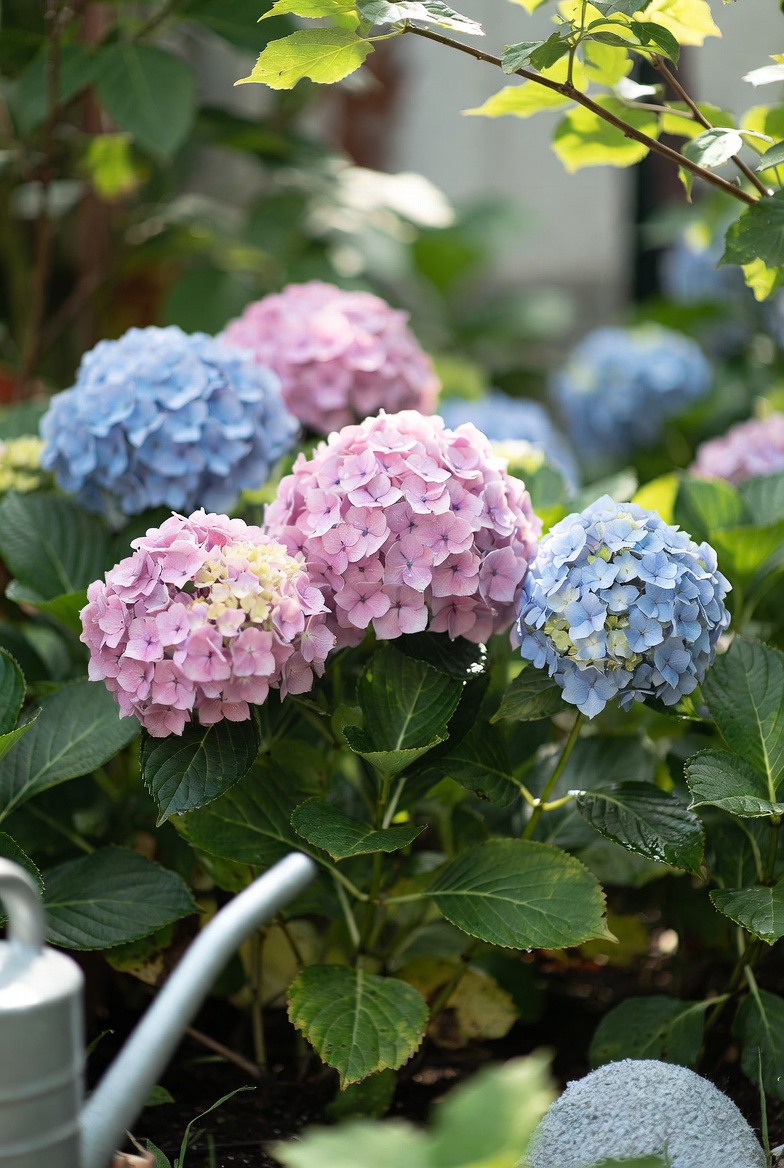
Hydrangeas, as their name suggests, love water. The “hydra” in their name comes from the Greek word for water. During the growing season, they require consistent moisture. A deep watering two to three times a week is better than a light daily sprinkle. This encourages deep root growth. You can check the soil by sticking your finger about an inch deep; if it’s dry, it’s time to water. Mulching with bark chips or straw can help retain soil moisture and keep roots cool.
Fertilizing gives your plants the energy they need to produce those massive blooms. Use a balanced, slow-release fertilizer in early spring as new growth appears. You can apply a second dose in early summer, but avoid fertilizing after August. Late-season feeding can encourage tender new growth that will be damaged by the first frost.
The Art of Pruning: When and How to Cut Back
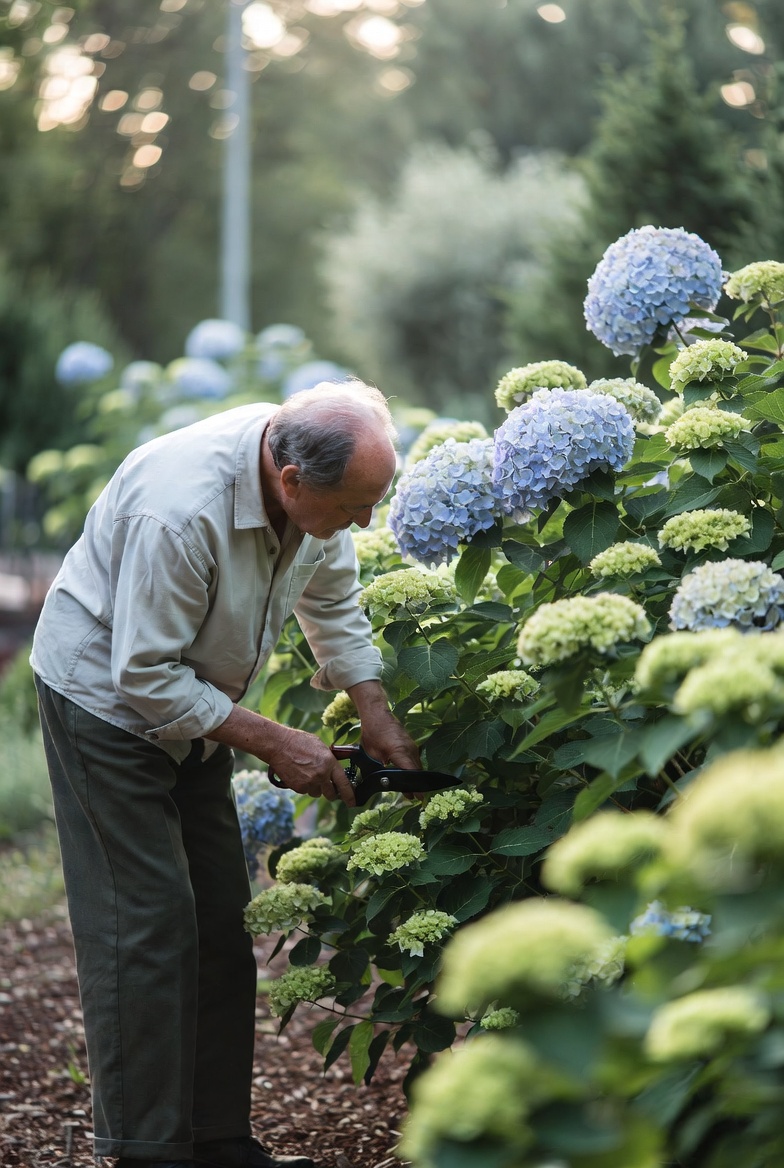
Pruning is perhaps the most confusing part of any Hydrangea Care Guide, but it doesn’t have to be. The key is knowing which type of hydrangea you have, as this determines when you should prune it. Hydrangeas bloom on either “old wood” (last year’s stems) or “new wood” (the current season’s growth).
Pruning Hydrangeas that Bloom on Old Wood
Varieties that bloom on old wood include Bigleaf (macrophylla), Oakleaf (quercifolia), and Mountain (serrata) hydrangeas. These plants form their flower buds in late summer and fall for the following year.
- When to Prune: The best time to prune these is right after they finish flowering in mid-summer.
- How to Prune: Only cut back the stems that have flowered, trimming them down to a pair of healthy leaves. You can also remove any dead, weak, or crossing branches at this time to improve the plant’s shape and air circulation.
- What to Avoid: Do not prune these varieties in the fall, winter, or spring. Doing so will remove the flower buds, and you will not get any blooms that year.
Pruning Hydrangeas that Bloom on New Wood
Varieties that bloom on new wood include Panicle (paniculata) and Smooth (arborescens) hydrangeas, such as the popular ‘Limelight’ and ‘Annabelle’ types. These plants produce their flower buds on the growth they put on in the current season.
- When to Prune: The best time to prune these is in late winter or early spring, just before new growth emerges.
- How to Prune: You can be more aggressive with these varieties. Cut the entire plant back by about one-third of its height. This encourages strong new stems that will support large, beautiful flowers. Removing any weak or spindly stems will also direct the plant’s energy into producing bigger blooms.
Reblooming Hydrangeas
Some newer cultivars are rebloomers, meaning they flower on both old and new wood. The Endless Summer® collection is a well-known example. For these, it’s best to prune lightly after the first wave of flowers fades in summer to encourage a second flush of blooms. You can perform a more significant cleanup in early spring to remove any dead wood.
Effortless Propagation: Multiplying Your Hydrangeas
Once you have a healthy hydrangea, you can easily create more plants through propagation. This is a rewarding and cost-effective way to fill your garden or share with friends. The most common method is taking softwood cuttings.
Step-by-Step Propagation Guide
- Timing is Everything: The best time to take cuttings is in late spring or early summer when the plant is actively growing. You want to select stems from the current season’s growth that are green and flexible but not woody.
- Select a Healthy Stem: Look for a non-flowering stem. Using pruning shears, cut a 4- to 6-inch section from the tip of the stem. Make your cut just below a leaf node (the point where leaves emerge from the stem).
- Prepare the Cutting: Remove the leaves from the bottom half of the cutting. If the remaining leaves at the top are very large, you can cut them in half horizontally. This reduces water loss while the cutting develops roots.
- Encourage Rooting: Dip the cut end of the stem into a rooting hormone powder. This step is optional but greatly increases your chances of success.
- Plant the Cutting: Fill a small pot with a sterile potting mix. Use your finger or a pencil to make a hole in the soil, then insert the cutting. Gently firm the soil around the stem.
- Create a Humid Environment: Water the cutting well and cover the pot with a clear plastic bag to create a mini-greenhouse effect. This helps maintain the high humidity needed for root development. Place the pot in a bright location out of direct sunlight.
- Wait for Roots: Keep the soil consistently moist. Roots should begin to form in 2 to 4 weeks. You can check for rooting by gently tugging on the cutting. If you feel resistance, roots have formed. Once rooted, you can remove the plastic bag and care for it as a new plant.
Frequently Asked Questions (FAQs)
Q: Why are my hydrangea leaves turning yellow?
A: Yellowing leaves can be caused by several factors. Overwatering is a common culprit, leading to root rot. It can also be a sign of a nutrient deficiency, often iron. Test your soil and ensure it is well-draining.
Q: How do I change my pink hydrangeas to blue?
A: To get blue flowers, you need to lower your soil’s pH to make it more acidic. You can do this by adding a soil acidifier containing aluminum sulfate. Start applying it in the spring according to the product directions. It may take a season or two to see a significant color change.
Q: Why didn’t my hydrangea bloom this year?
A: The most common reason is improper pruning. If you have a variety that blooms on old wood and you pruned it in the spring, you likely removed the flower buds. Other causes can include a late frost that damaged the buds, not enough sunlight, or a lack of nutrients.
Q: Can I grow hydrangeas in pots?
A: Absolutely! Dwarf and compact varieties are perfect for containers. Ensure the pot has excellent drainage and is large enough to accommodate the root system. Potted hydrangeas will need more frequent watering than those planted in the ground, especially during hot weather.
Final Words
Growing beautiful hydrangeas is a deeply rewarding experience for any gardener. By understanding their basic needs for sun, water, and the right soil, you set the stage for a season full of breathtaking flowers. This Hydrangea Care Guide has shown that seemingly complex tasks like pruning and propagation are straightforward once you know your plant’s type.
Don’t be afraid to experiment with soil pH to change flower colors or to take a few cuttings to expand your collection. With a little attention and the right techniques, you can enjoy these magnificent shrubs for years to come. Now, take these tips and go get your hands dirty! Your garden will thank you with an unforgettable display of color and beauty.
